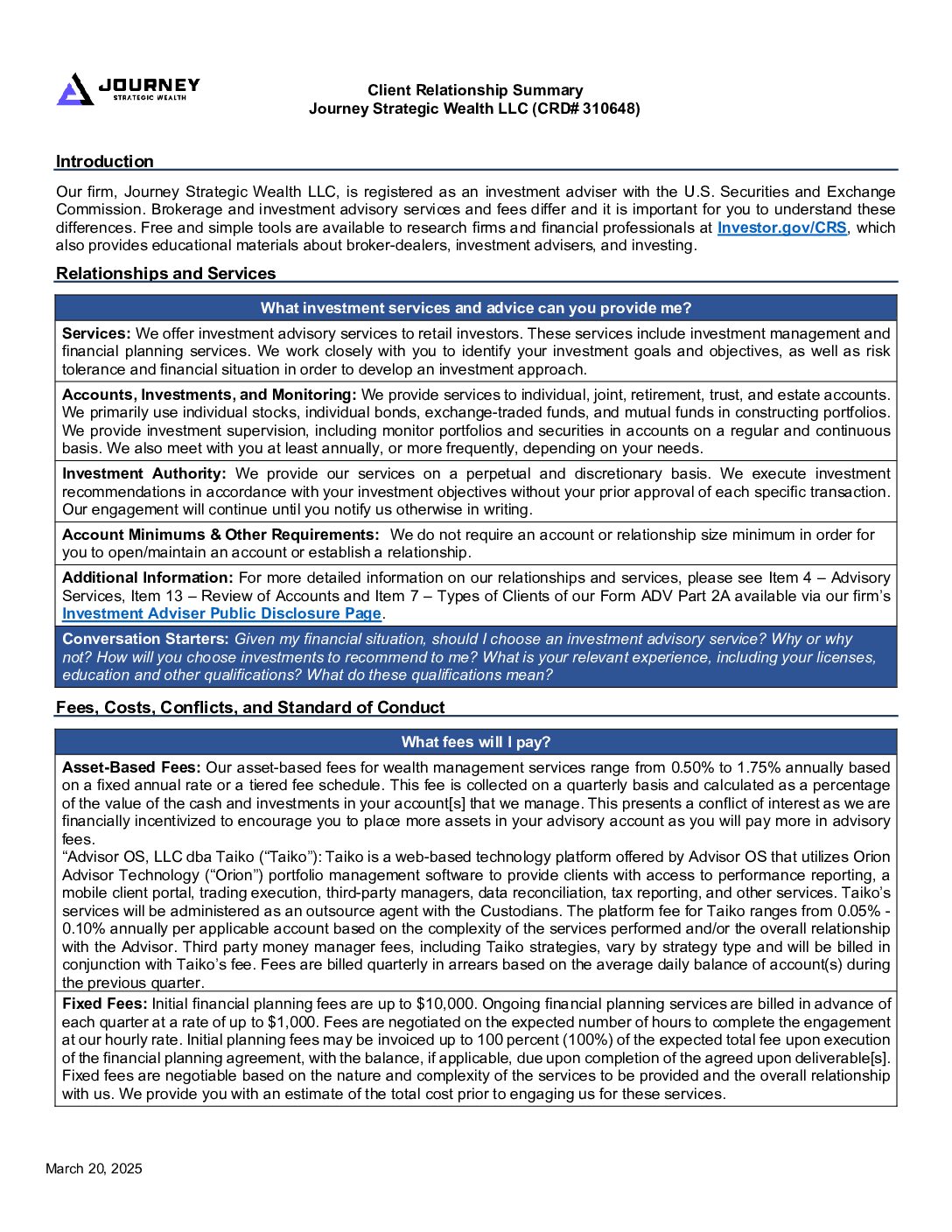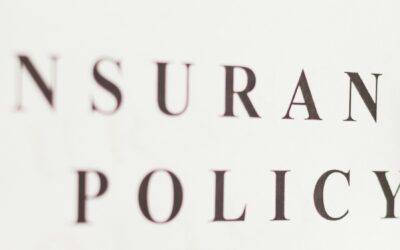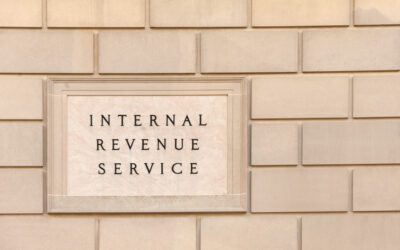Turnkey Philanthropy: Aligning Purpose With Strategy
Many families I work with want to make charitable contributions, but don’t have a clear structure for maximizing their impact, leaving their philanthropic efforts feeling scattered or inefficient.
A well thought out charitable giving strategy, though, balances tax efficiency, next-gen involvement, and quantifiable measures of success to create meaningful outcomes for everyone.
Start by Choosing Your Investment Vehicle
Donor-Advised Funds (DAFs) offer the most flexibility for families getting started. You can contribute cash, securities, or even real estate while receiving an immediate tax deduction. The funds grow tax-free until you’re ready to allocate gifts, and you avoid capital gains on appreciated assets. DAFs also provide consolidated tax reporting, simplifying your year-end documentation.
The trade-off is permanence. Once money enters a DAF, you cannot retrieve it for personal use. Some families also find the limited investment control restrictive, though this varies by provider.
Private Foundations appeal to families seeking maximum control and legacy building. Beyond the tax benefits, foundations allow you to maintain direct oversight of investments and grant-making decisions. Many families appreciate the prestige and permanence of having their name associated with a formal foundation.
However, foundations require significant upfront costs and ongoing administrative expenses. They also invite closer IRS scrutiny and can become sources of family conflict when multiple generations have different philanthropic priorities or approaches to governance.
Endowments work best for families committed to long-term institutional support. They’re designed for asset growth over time, making them ideal for supporting causes you want to fund indefinitely. The primary drawbacks are administrative costs and the ongoing management requirements.
Avoiding Common Planning Mistakes
Often, I see families putting the proverbial cart before the horse, focusing on the tax benefits of charitable giving without first developing a coherent strategy. Another frequent mistake is excluding younger generations from the planning process. Families that don’t involve children and grandchildren in their philanthropic vision often see their charitable legacy end prematurely.
Finally, families also often fail to establish a realistic gift budget grounded in sound financial planning. Charitable giving should complement, not compromise, your overall wealth management strategy.
Building a Strategic Framework
Start by aligning your charitable giving goals. Sit down with your family and define what success actually looks like. Are you focused on local community impact? Global health initiatives? Educational access? Environmental conservation? Clear priorities help you evaluate opportunities and measure results.
Next, establish a gift budget that works within your broader financial plan. Determine not only how much you can afford to give, but also how to create predictable funding streams that allow recipient organizations to plan effectively.
Engage the next generation with intentional communication. Don’t just write checks and hope your children understand your values; instead, involve them in site visits, grant review processes, and strategic planning sessions. When family members understand both the “why” and the “how” behind your giving, they’re more likely to continue your philanthropic legacy.
Measuring Impact and Ensuring Succession
Effective philanthropy requires accountability, so work with recipient organizations to establish clear metrics and reporting requirements. Whether you’re funding scholarship programs, medical research, or community development projects, insist on regular updates that demonstrate tangible progress.
For family engagement, consider rotating roles among family members or creating committees focused on specific cause areas, enabling different generations to develop expertise while maintaining family unity around shared values.
The Long-Term Philanthropic Mindset
I always recommend thinking of giving as a long-term investment rather than an annual obligation. Approaching philanthropy with this long-term mindset helps create systems that outlast any individual family member while remaining flexible enough to adapt to changing circumstances and opportunities.
Start by assessing your family’s current giving patterns and identifying areas for improvement. Whether that means consolidating scattered donations through a DAF, exploring a private foundation for greater control, or establishing an endowment for perpetual support, choose a structure that matches your family’s values, capacity, and long-term vision.
If you’d like some guidance around developing and implementing a charitable giving strategy, you can schedule some time with my team here!
This material is distributed for informational purposes only. Investment Advisory services offered through Journey Strategic Wealth, a registered investment adviser registered with the U.S. Securities and Exchange Commission (“SEC”). The views expressed are for informational purposes only and do not take into account any individual’s personal, financial, or tax considerations. Opinions expressed are subject to change without notice and are not intended as investment advice. Past performance is no guarantee of future results. Please see Journey Strategic Wealth’s Form ADV Part 2A and Form CRS for additional information.
Securities offered through Purshe Kaplan Sterling Investments, Member FINRA/SIPC, Headquartered at 80 State Street, Albany NY 12207. Purshe Kaplan Sterling Investments and Journey Strategic Wealth are not affiliated companies. Not FDIC Insured. Not Bank Guaranteed. May lose value including loss of principal. Not insured by any state or federal agency.
























